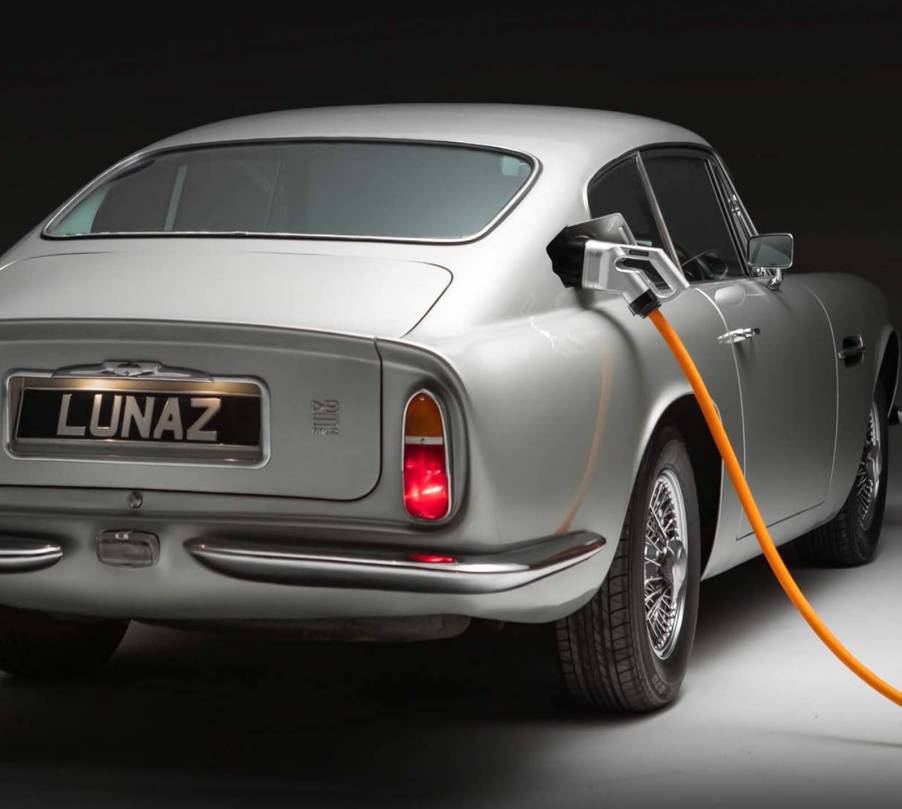
Are Electromods the New Restomods?
Car enthusiasts will always seek to make their cars faster, louder, and more unique. It’s the self-expression piece of vehicular fandom. However, with the push for zero tailpipe emissions cresting like so many unstoppable waves, thirsty carbureted classics and LS-swapped restomods might not cut it anymore. Enter the “electromod,” a build with battery packs instead of pushrods. So, will the high-voltage trend dethrone gas-powered restomods in the hearts of hot rodders?
Electromods take restomods to high-voltage heights

Electromods ditch their gas-powered drivetrains for an electric vehicle (EV) setup. It’s not a new process; enthusiasts have been converting their fuel-hungry rides into EVs for decades. Today, there are independent shops that will convert nearly any classic car into an electromod.
The limit, really, is what you want out of your electrified classic. Texas-based Bloodshed Motors built a 1968 Ford Mustang Fastback on a dual-motor platform with 1,800 lb-ft of torque. The result? The “Zombie 222” hit 60 mph in just 1.79 seconds.
On the other hand, Lunaz will turn posh, opulent British classics into near-silent EVs. The Silverstone-based electromodding house electrifies Aston Martin DB6s, Jaguar XK120s, and even drop-top Range Rovers.
Of course, not every electromod is a speed demon. For instance, the Lunaz Rolls-Royce Phantom and its 120 kWh battery pack aren’t likely to win many drag races. However, Lunaz says the plug-in Phantom will cover over 300 miles on a single charge with its 120 kWh architecture.
Still, you’re unlikely to move the restomod faithful to EV crowds. For instance, a hobbyist will find that updating a car with modern tech and hardware is much more accessible than performing an electric drivetrain swap. Even with plug-and-play EV kits (forgive the awful pun), wiring your favorite classic to accept an AC charger instead of unleaded gasoline could prove problematic.
That, and gearheads will find something of a tinnitus effect in the absence of a throaty, spirited gas-powered mill. See, most of these electromod targets are classic cars. Classics, whether they be metal or fiberglass, rattle. As a result, a soundscape once dominated by a cheerful LS1 and a 3.0-inch exhaust system is no more. In its place, drivers will hear whirring, road noise, and the inevitable rattle of an old car. Stereo budget, anyone?
Source: Top Gear





